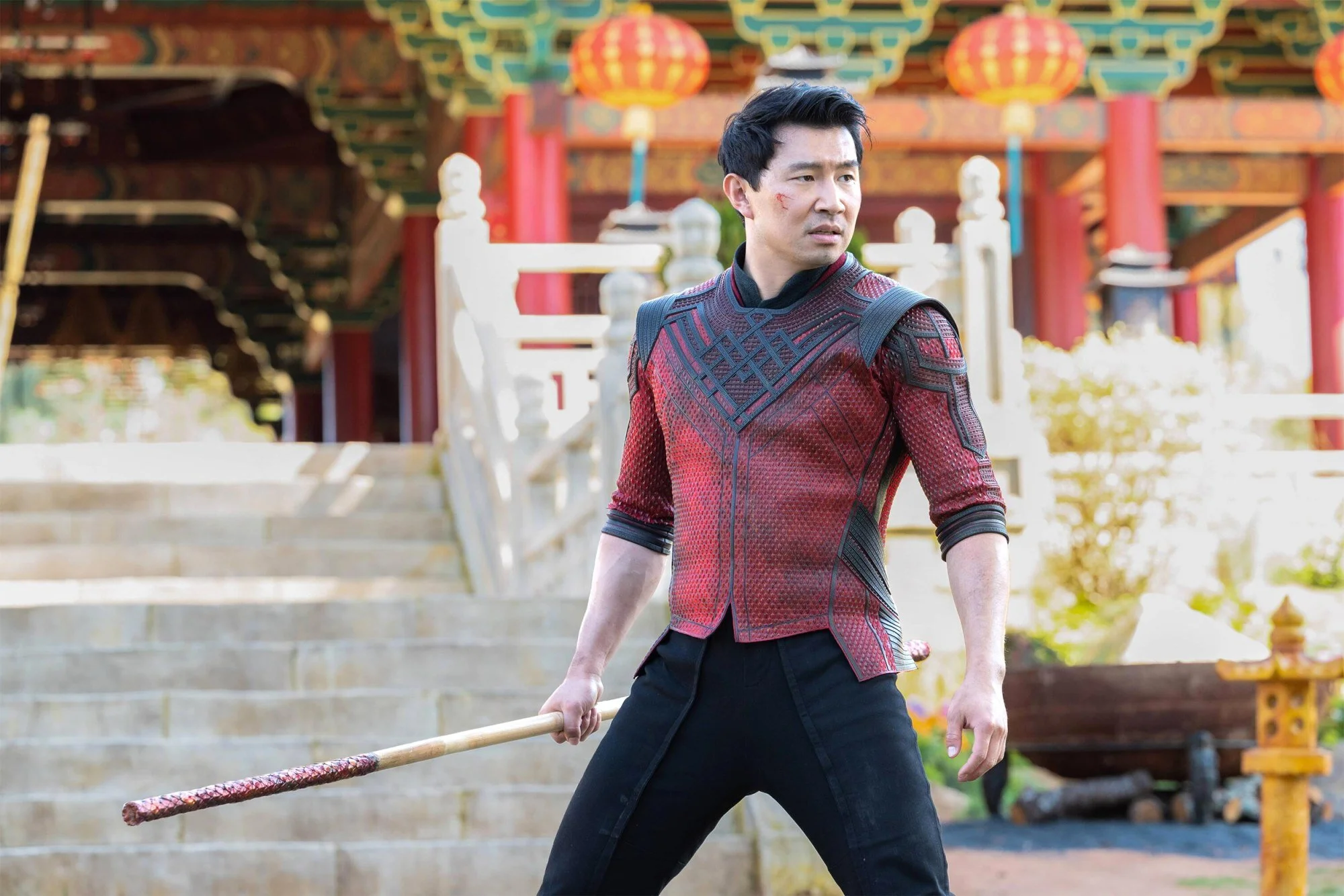Candyman
Haunting imagery abounds in Nia DaCosta’s Candyman, but the same goes for convoluted storytelling and undercooked racial commentary.
Though effective as a horror film, it’s less successful as a social thriller — which is somewhat of a surprise with Jordan Peele on the screenwriting team, at least until the story becomes overly-reliant on the kind of expository dialogue that defines the turning points of Get Out and Us.
The well-made direct sequel to Bernard Rose’s 1992 horror classic, set nearly 30 years later, this Candyman centers on creatively-blocked Chicago painter Anthony McCoy (Yahya Abdul-Mateen II, Watchmen), who learns about the titular legend and decides to embark upon a new project about the urban legend to satisfy an impatient gallery owner.
After ignorantly invoking Candyman’s name five times, Anthony begins his research, which brings him to the Cabrini-Green housing projects of the original movie, where he’s promptly stung by a bee — complete with chilling effects courtesy of the crew’s tremendous sound design — and begins his descent into madness.
No mere rehash of the original, DaCosta, Peele, and co-writer Win Rosenfeld offer inventive twists on Candyman’s appearance with the summoned killer exclusively viewable in mirrors while his terrifying, bloody carnage is doled out like he’s the most thorough incarnation yet of the Invisible Man.
But why Candyman presents as Sherman Fields (Michael Hargrove, The Express), a benevolent one-armed simpleton killed by police officers decades before, and not Tony Todd’s Daniel Robitaille from the first Candyman is a bit confusing, even with the latter Candyman’s apparent demise at the 1992 film’s climax — and ignoring his resurrection in the pair of poorly-received ’90s sequels.
Told to Anthony by neighborhood native and local laundromat frequenter William Burke (Colman Domingo, Ma Rainey’s Black Bottom), who, as a child, encountered Sherman in his final moments, the story of a slain innocent raises the intriguing concept of the Black community “needing” Candyman — whatever form he may take — to remind them of the injustices they’ve endured and continue to experience at the hands of white oppressors.
Whether that poignant notion would have been evident without William flat out explaining the importance of Candyman to Anthony is less clear, but such subtlety seems unlikely seeing as the film’s core themes are spelled out early and often via unimaginative dialogue.
Candyman’s mythology is further muddied by confusing (and ultimately extraneous) additional flashbacks to young William, and another involving Anthony’s curator girlfriend Brianna Cartwright (Teyonah Parris, WandaVision) as a child with her father. And though Anthony’s deeper connection to the ghetto boogeyman is credible, the artist’s gradual transformation and the role of other characters as active and passive facilitators is less convincing.
Still, when the messaging takes a breath, steps aside, and makes room for some hand-hook slashing, the film achieves its thrilling potential. DaCosta’s filmmaking skills have vastly improved since her overrated Little Woods — a budget and Peele’s guidance surely help — and her use of shadow puppets to loop in more details from Sherman’s tale and that of Virginia Madsen’s Helen Lyle from the original rank among the film’s most inspired choices.
Grade: B-minus. Rated R. Starts Aug. 27 at AMC River Hills 10, Carolina Cinemark, and Regal Biltmore Grande.
(Photo: Universal Pictures)




